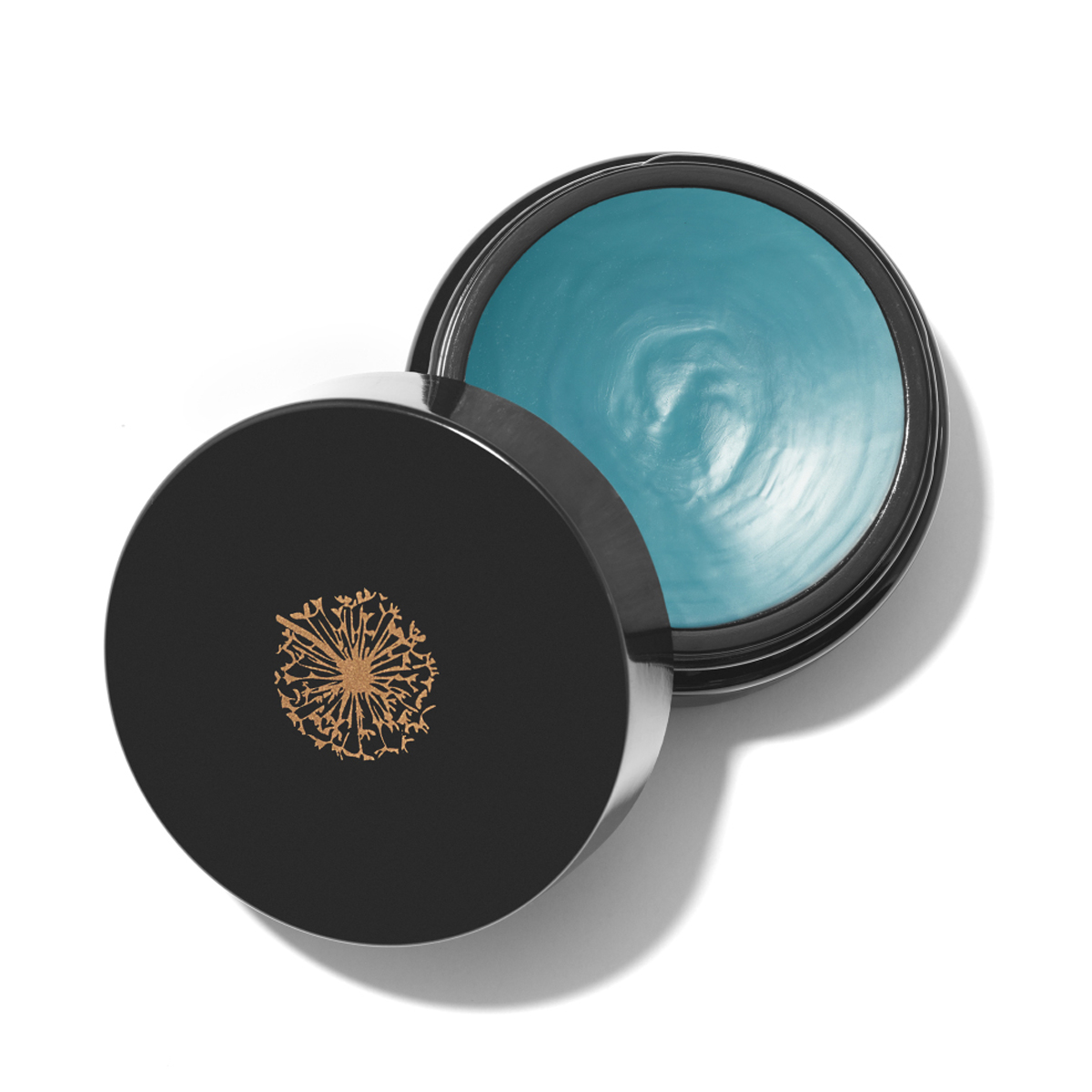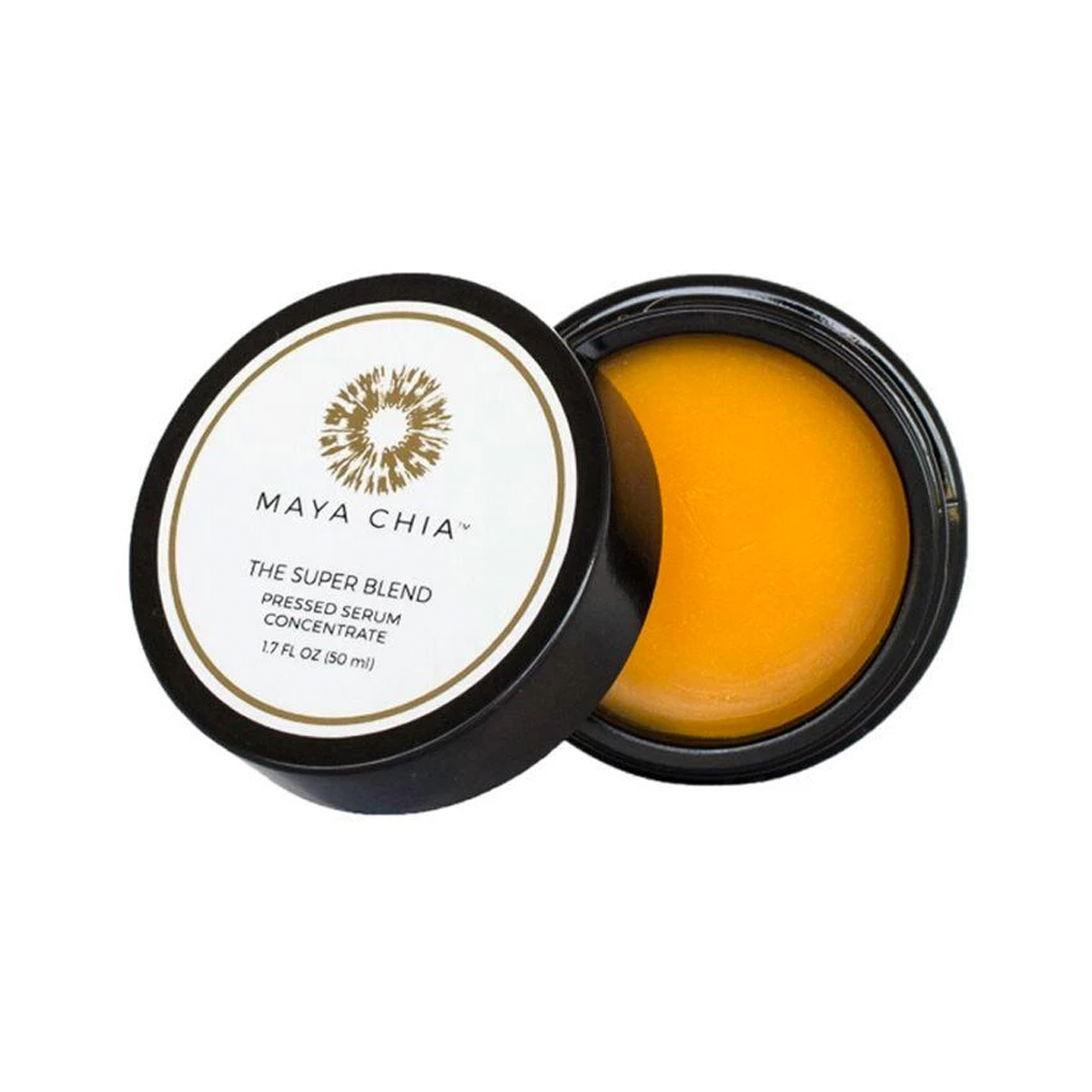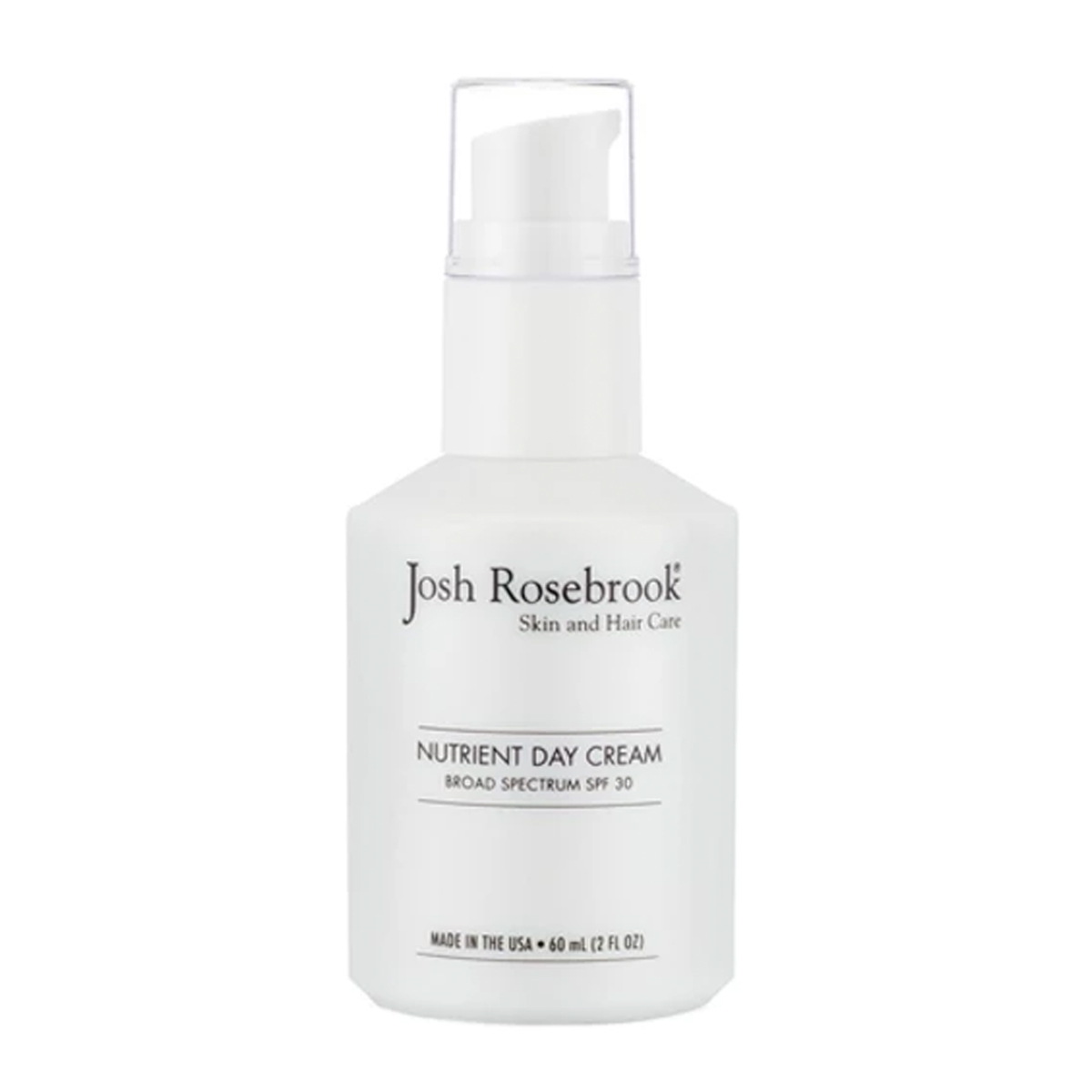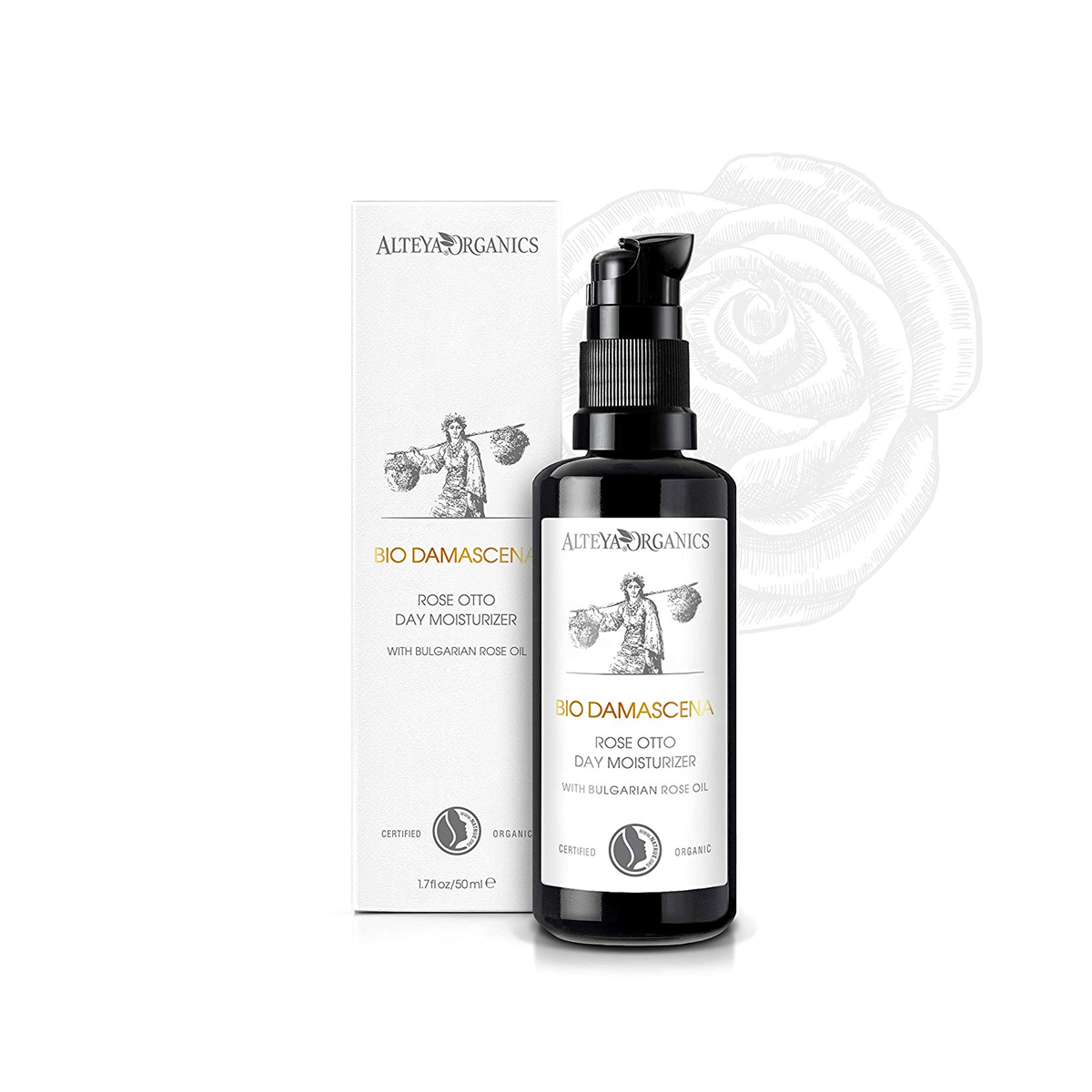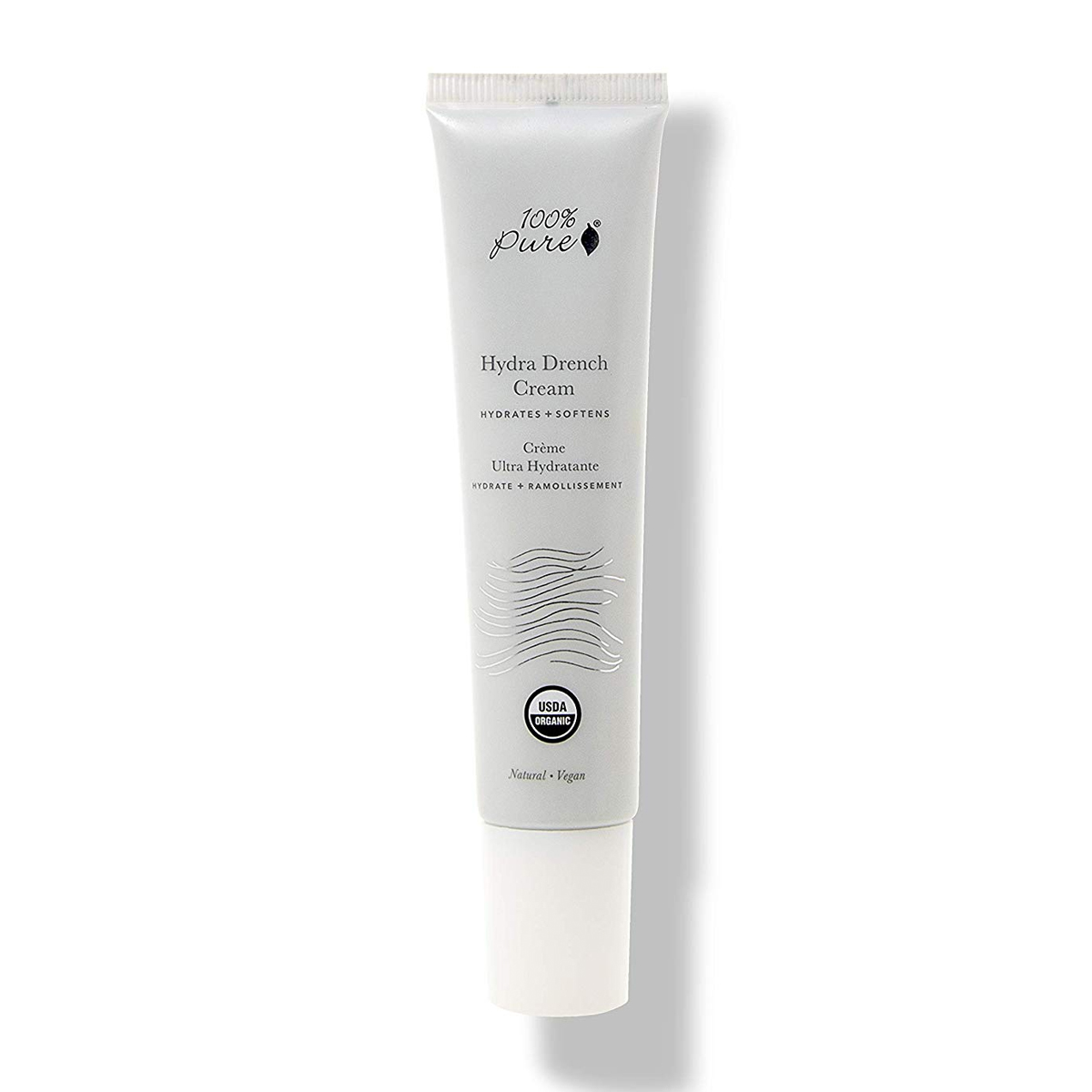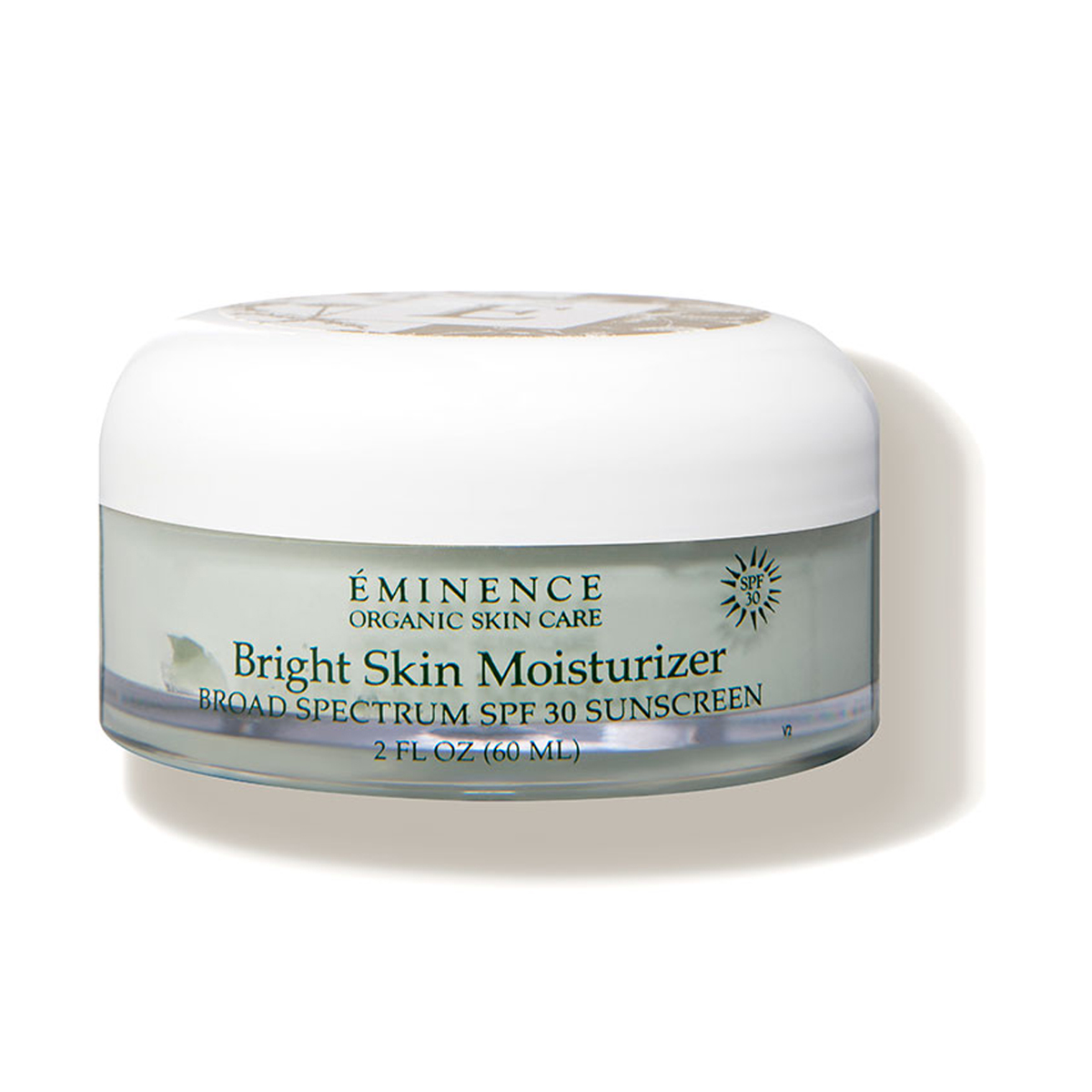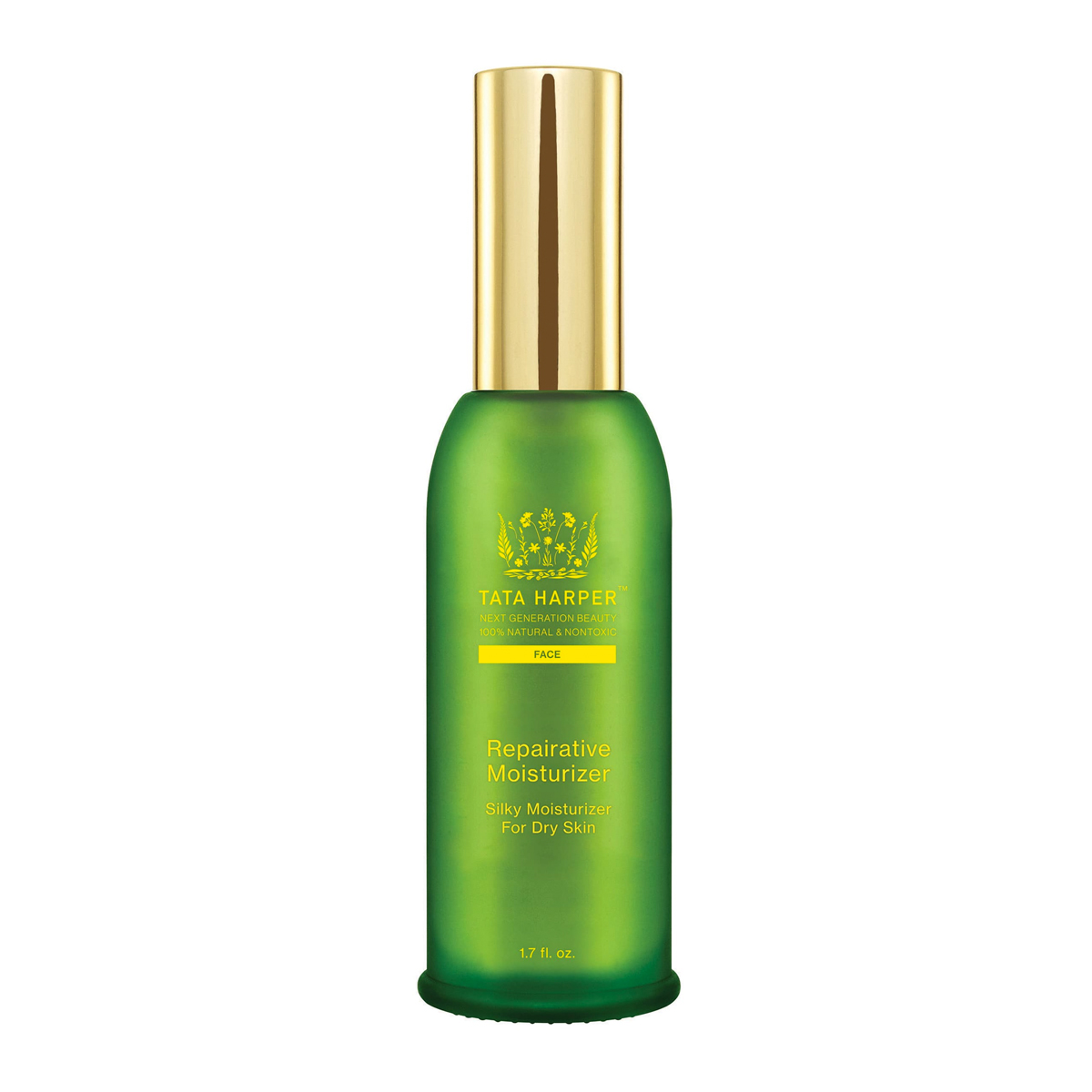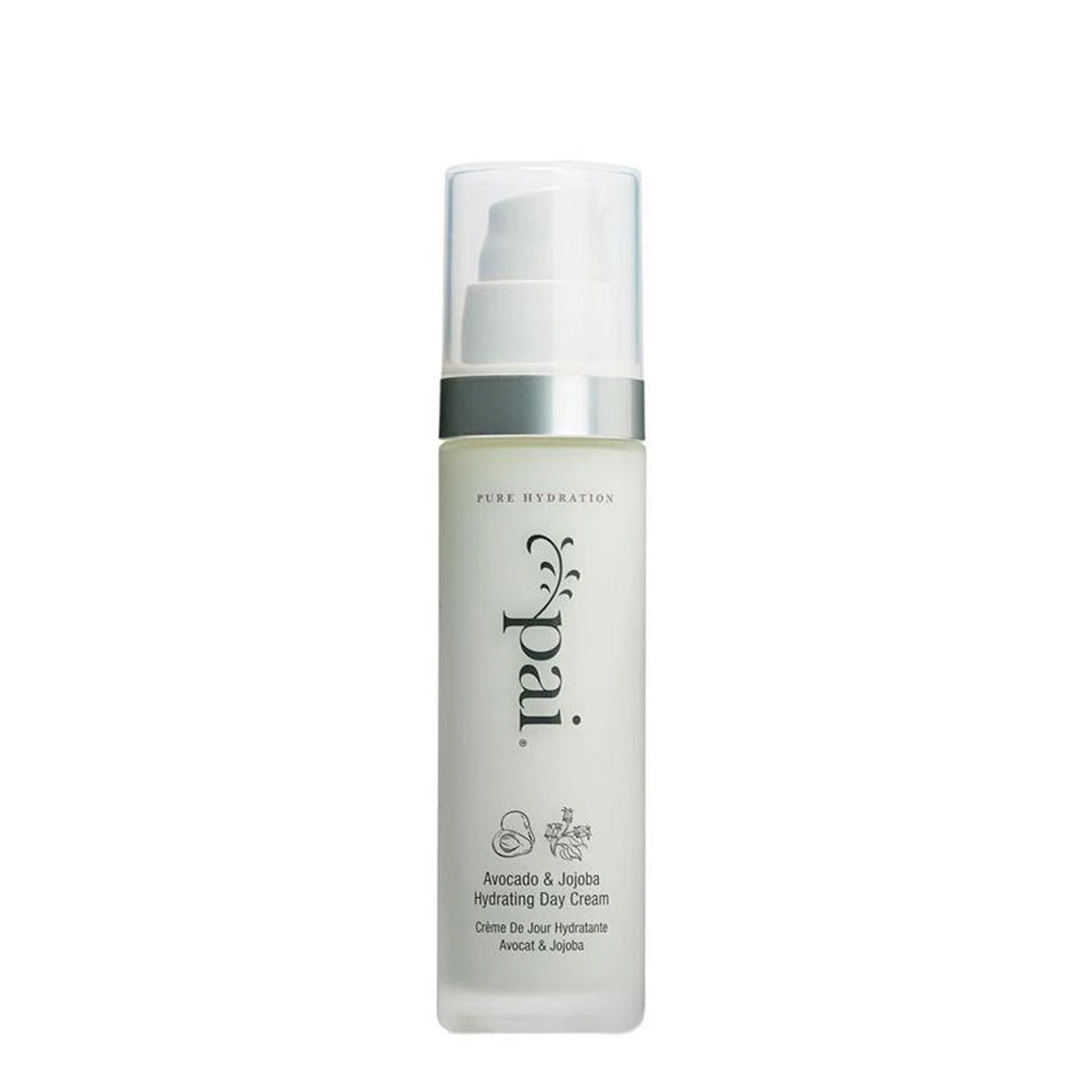These 5 Common Moisturizer Ingredients Are Toxic—Here's What to Buy Instead
Here at Who What Wear Beauty, we eat, sleep, and breathe skincare. We've tested all the most iconic eye creams and gotten our hands on the exclusive moisturizers your favorite celeb can't stop raving about on Instagram. But when we turn to the ingredients list only to find a slew of tongue-twisting words that just sound bad, we can't help but give those (sometimes pricey) formulas a stern side eye. Are they really safe?
Even as editors, we sometimes find it a hassle to wade through all the misleading labels, tricky buzzwords, and ingredients we can't even pronounce to determine whether or not a product that claims to be clean or organic actually is. Especially when it comes to moisturizer, a product that so many of us use twice daily, it's difficult to stomach the idea that the ingredients in those jars could be causing toxicity in our bodies, and leading to serious health issues down the line.
To get the rundown on which ingredients to skip altogether, we tapped Tamerri Ater, product development director for Versed (Who What Wear's actually clean sister skincare brand), to get the scoop on the ingredients that belong on all of our blacklists. Read on for the five most commonly used toxic ingredients, then check out our edit of the 20 best organic moisturizers that will reveal healthy, hydrated skin.

What are the most toxic ingredients in moisturizers?
Toxic Ingredient #1: Mineral Oil
"This petrochemical has commonly been used in popular skincare products for decades, but you may want to avoid since there have been links to cancer and organ toxicity," Ater explains. And aside from the more serious ramifications, this substance is also known to be pore-clogging, which could lead to breakouts and other unwanted skin issues.
Possible replacement: According to Ater, grapeseed oil gives a similar emollient feel to moisturizers, without any heavy or overly oily after effects.
Toxic Ingredient #2: Cyclic Silicones
"Silicones give 'slip' to skincare and haircare products and help your skin and hair feel silky and smooth, which is why they are commonly used in high-end moisturizers," Ater told us. "Not all silicones are deemed bad, but it’s best to try to stay away from cyclic silicones due to their personal safety and environmental concerns." Some red flags you can look for on your skincare labels include cyclotetrasiloxane, cyclopentasiloxane, cyclohexasiloxane, and cyclomethicone.
Possible Replacement: Ater says that Isohexadecane gives an equally nice velvety, emollient feel to the skin without running the risk of toxicity.
Toxic Ingredient #3: Parabens
Lots of big beauty brands have attempted to feign health consciousness by touting the fact that their formulas are paraben-free. But according to Ater, excluding these hazardous ingredients should be standard practice. "Parabens are controversial preservatives that have been linked to breast cancer and are commonly added to cosmetic products for their antimicrobial properties," she told us. "A common way to spot them on an ingredient list is to look for the suffix paraben at the end of the ingredient. Common ones are methylparaben, ethylparaben, propylparaben, and butylparaben."
Possible Replacements: Per Ater's advice, phenoxyethanol and sodium benzoate with potassium sorbate are all preservatives deemed safe to use in cosmetics at indicated levels.
Toxic Ingredient #4: Hydroquinone
"This is one of the most controversial skin lighteners that has been banned in many countries, but not the U.S., where it is limited to a 2% concentration in over-the-counter products," Ater explains. "There have been studies linking hydroquinone as the cause of hyperpigmentation (the opposite of what people use it for). High concentrations have also been found in the bloodstream after long-term use."
Possible Replacement: Ater points out that a natural replacement to look out for it arbutin, which is derived from bearberry extract.
Toxic Ingredient #5: Artificial Colorants
"Artificial colorants and dyes can be irritating to the skin and are frequently added to skincare products for their cool factor, but most of the time they're just unnecessary," says Ater.
Possible Replacement: Colorants derived from plants and other natural sources are an easy alternative.
Shop our favorite organic moisturizers:
Moisturizing Balms
Moisturizing Oils
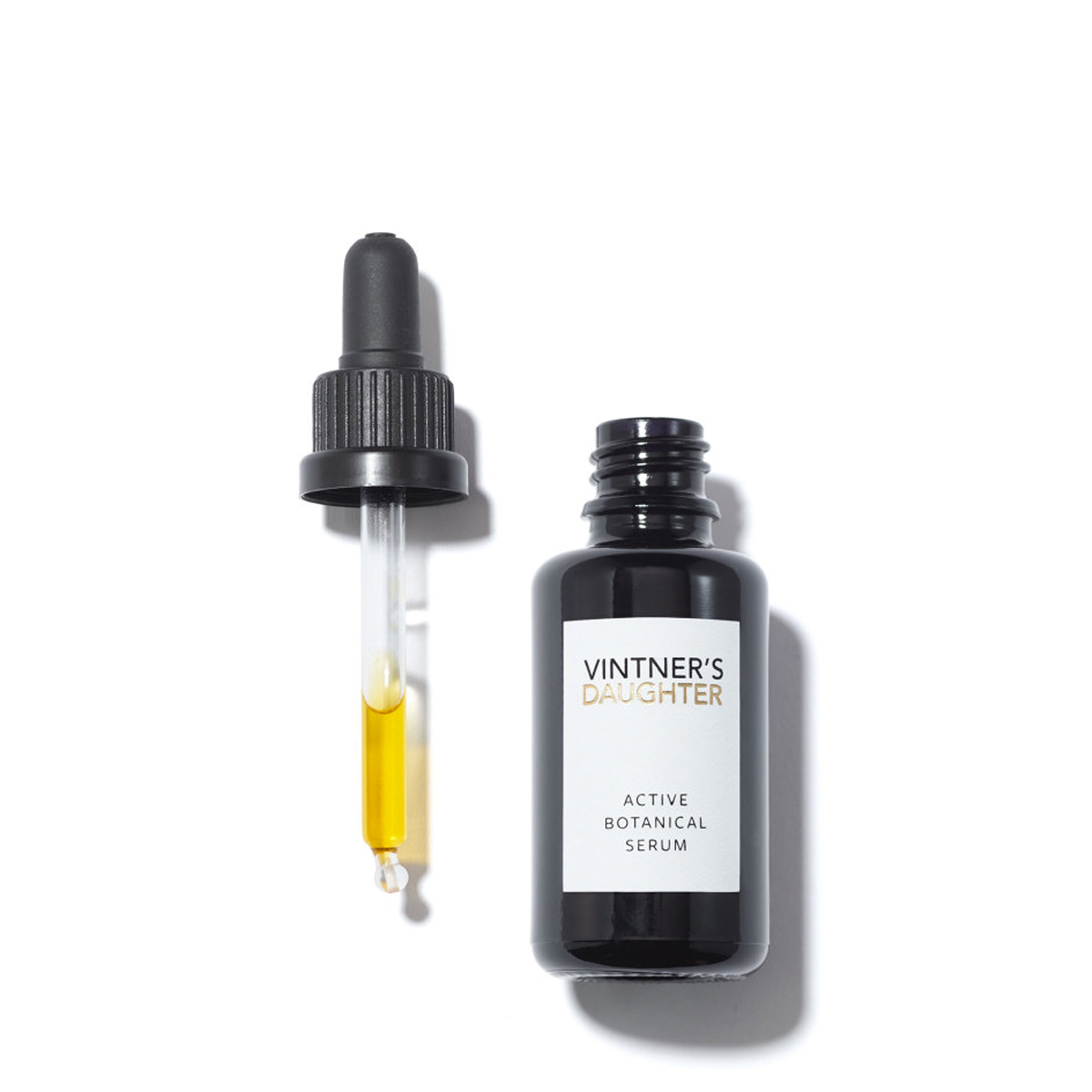
Unless you've been living under a rock since 2018, there's a good chance you've heard countless celebrities, facialists, and editors sing the praises of this magical facial oil. It employs 22 botanicals and more than 60 bioavailable nutrients to fight wrinkles, calm inflammation, stimulate cell turnover, and reveal overall radiant skin.
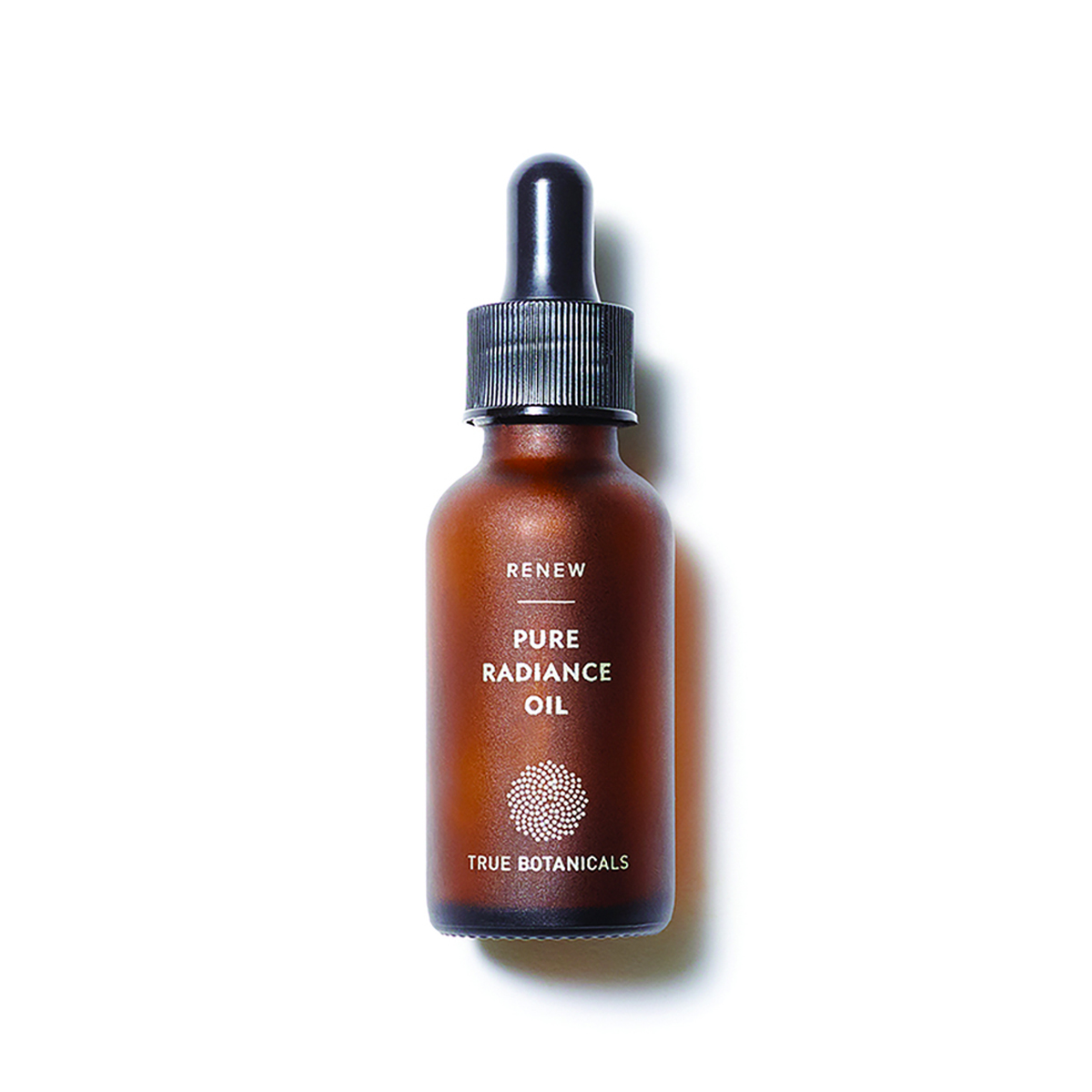
Vitamins A and C, passionfruit, and papaya-seed oils, omega-3 fatty acids, and kiwi-seed oils comprise this heavenly blend. Though it's an oil, it's meant to be used like a moisturizer to help repel external pollutants and keep the skin free and clear of irritants.
Moisturizing Creams

This lightweight moisturizer is one of our favorites across the entire moisturizer category, and the fact that the ingredient list contains nothing but safe, natural ingredients is just icing on the cake. We especially love the inclusion of lavender and grapefruit essential oils, which help manage oil production and minimize breakouts.

This moisturizing cream houses aloe vera, tea extracts, hyaluronic acid, calendula extract, and carrot seed oil in a luxe shea butter base to hydrate skin and leave it looking plump and bright. The hero feature, oleosomes, make for a steady release of the nutrient-dense ingredients throughout the day.

All the products from this Taiwanese-born brand are both EWG and COSMOS certified organic, meaning you can expect nothing less than the cleanest, most non-toxic formulas no matter which product you decide to try first. Its face and eye cream feature Bulgarian otto rose hydrosol, which balances oil and water in the skin. It also contains frankincense to reduce fine lines and wrinkles, and emulium mellifera wax to help the skin adjust to environmental conditions.
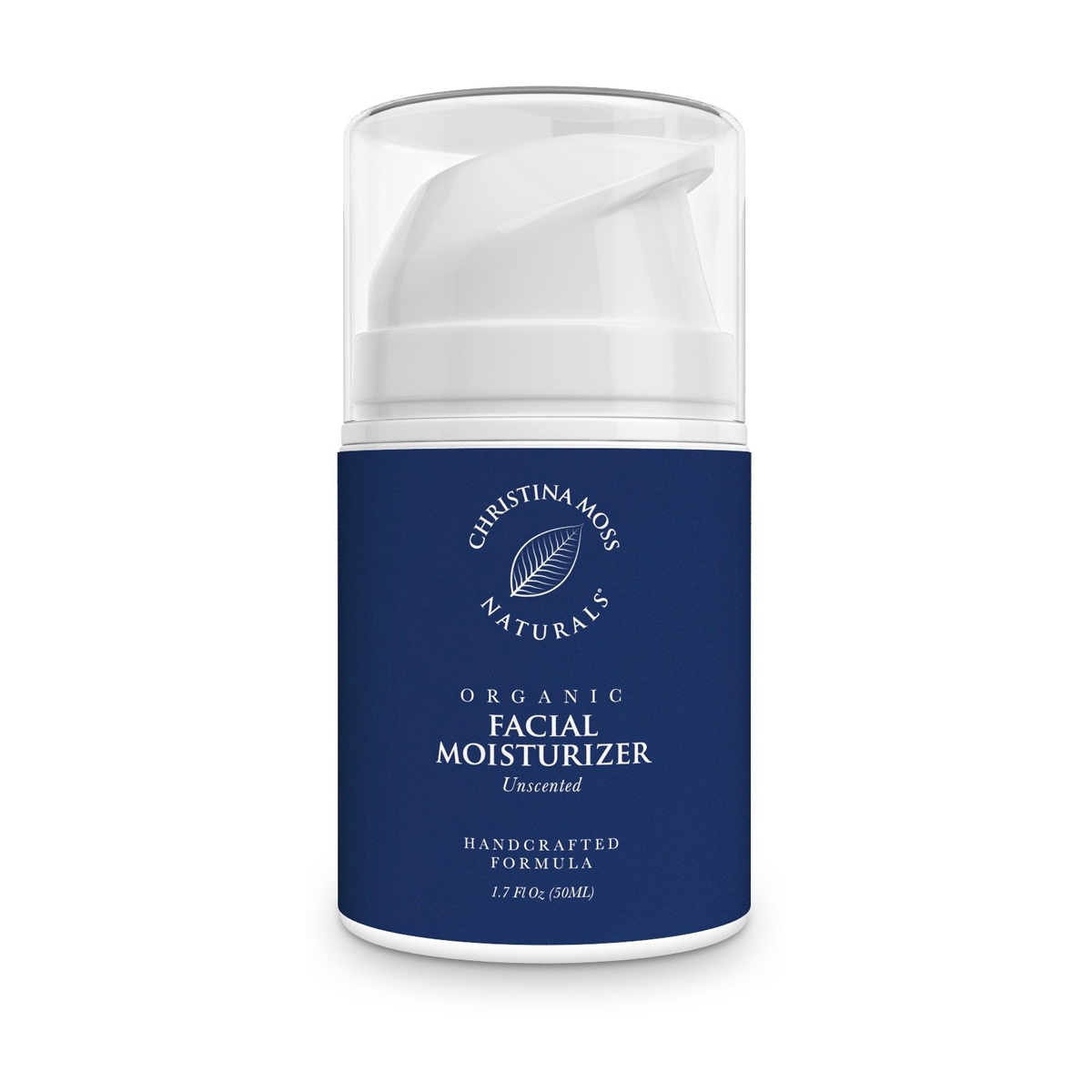
This non-comedogenic formula is perfect for those with sensitive or acne-prone skin types, as it's free of irritating and pore-clogging ingredients. You'll find good stuff inside, like grapeseed oil, naturally occurring vitamin C, and citrus fruit extracts.
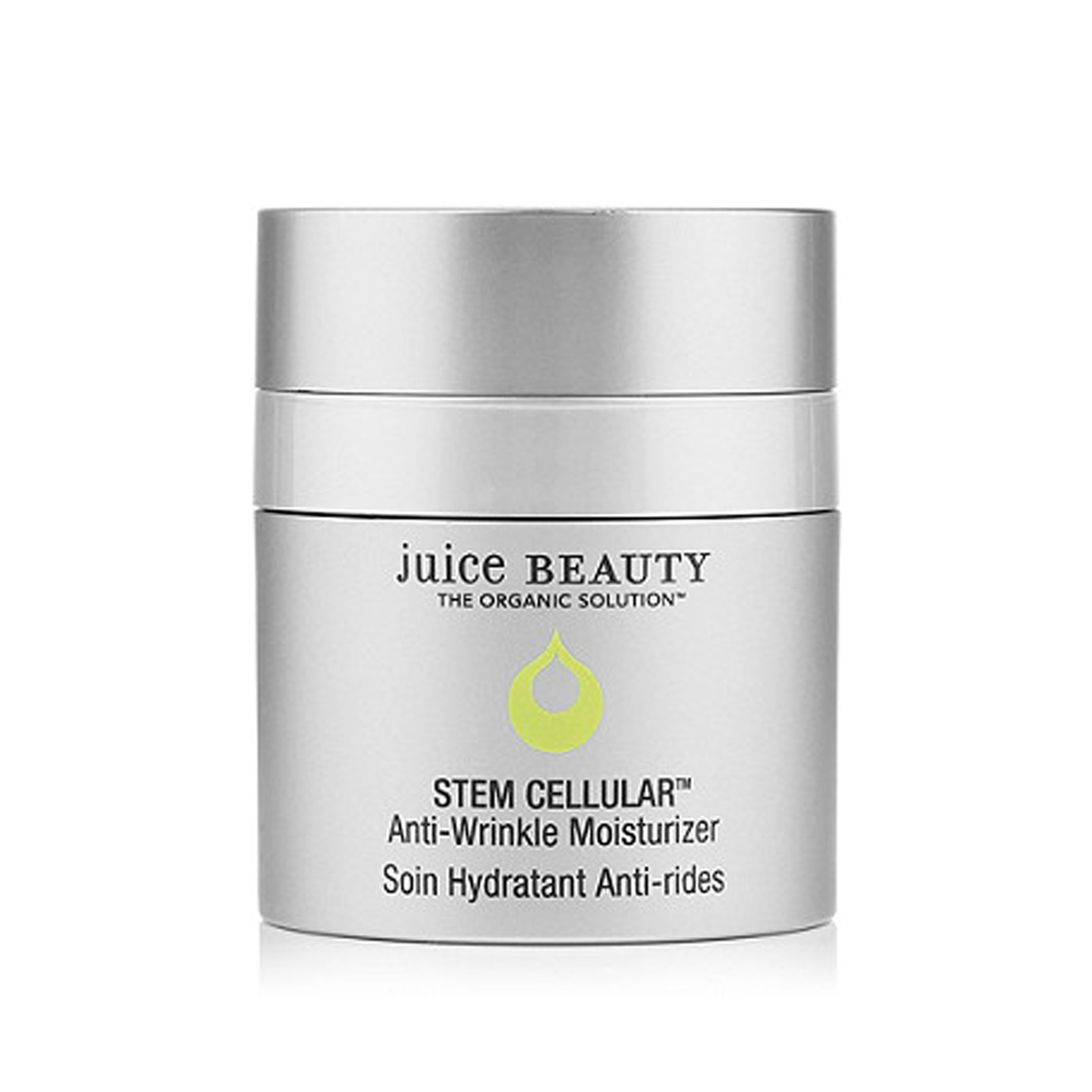
With a base of nutrient-rich, certified organic botanical juices instead of water or petroleum derivatives, this wrinkle-smoothing cream is already a cut above the typical moisturizers on the market. It's employs a resveratrol-rich grape formula that is clinically proven to fight free radicals.
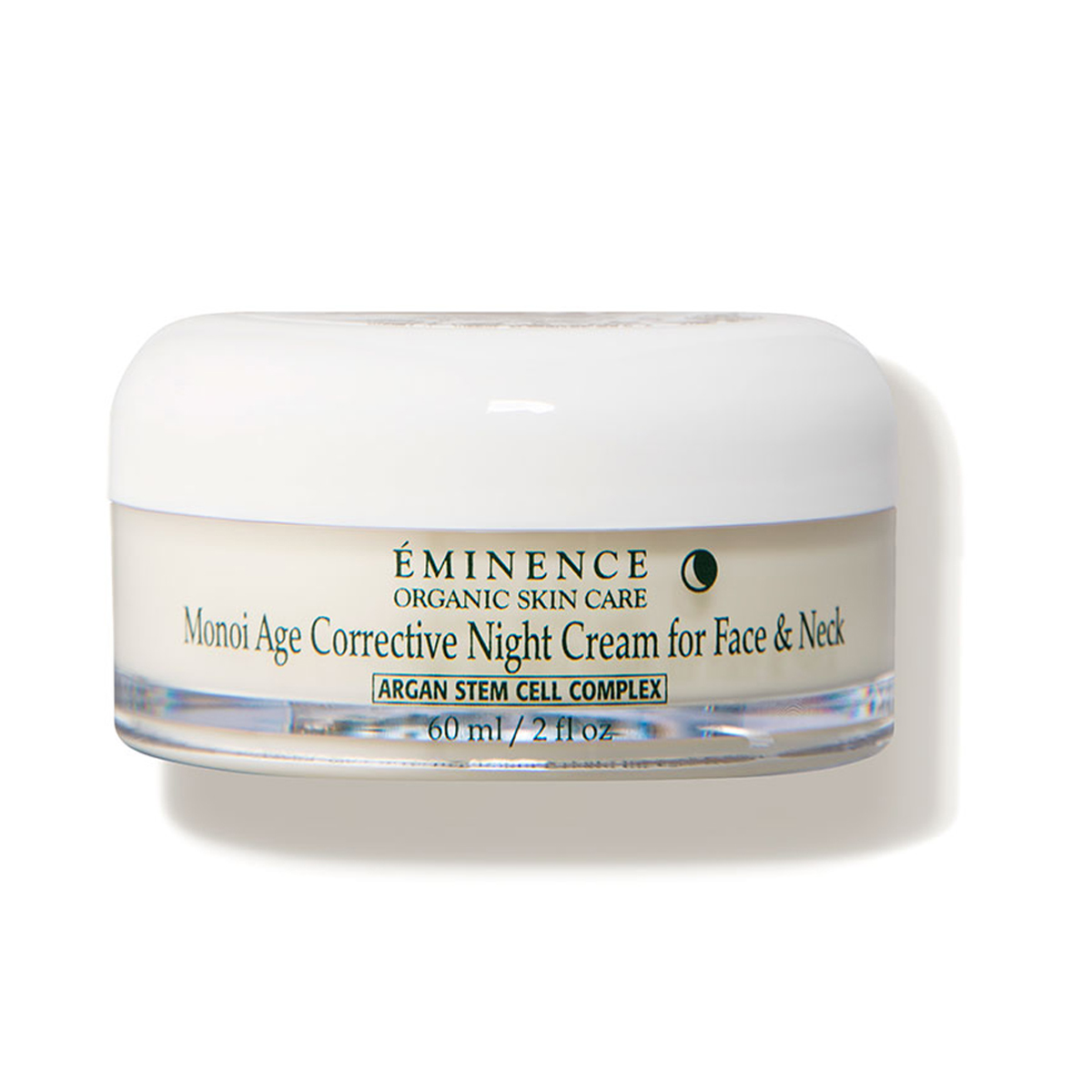
This natural moisturizer brings together firming monoi oil, shea butter, and jojoba oil for an omega-rich hydration boost that also increases elasticity and leaves the skin smooth and glowy.
Up next: Not All Tinted Moisturizers Are Created Equally—Here's How to Choose One
This article was originally published at an earlier date and has been updated.
Courtney Higgs is a Cancer sun, Libra rising beauty enthusiast with six years of experience in the editorial space. She was previously Who What Wear's associate beauty editor after spending many years working at InStyle Magazine. She graduated from California State University, Northridge, with a BA in communication studies and pivoted to editorial after spending her college years working in the legal field. Her beauty philosophy is simple: She believes there are no wrong answers and that discovering our favorite beauty products and rituals is a journey, not a sprint. When she's not geeking out over products, she can be found adventuring around L.A. with her fiancé; watching reality TV with their French bulldog, Bernie Mac; or relating way too hard to astrology memes.
